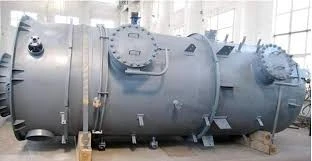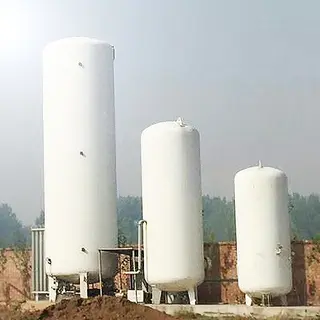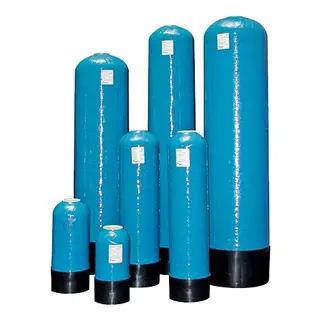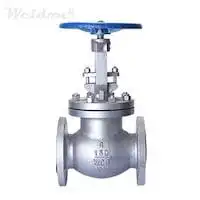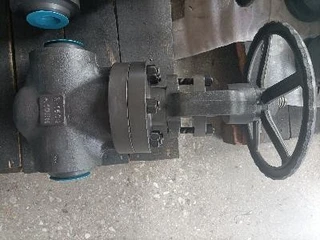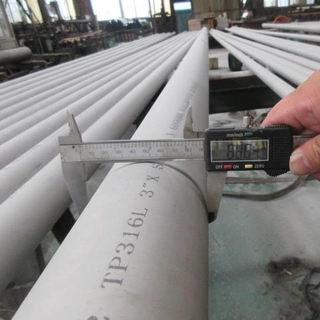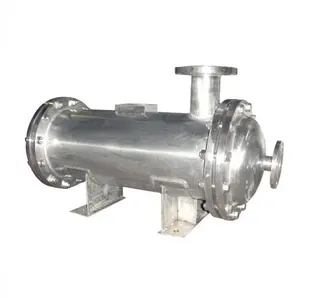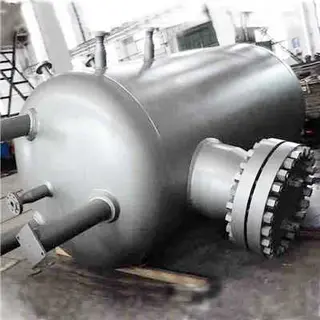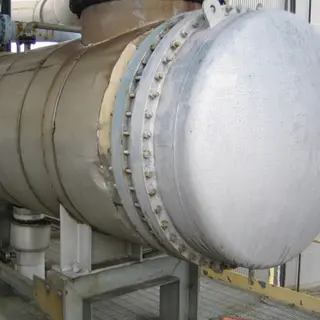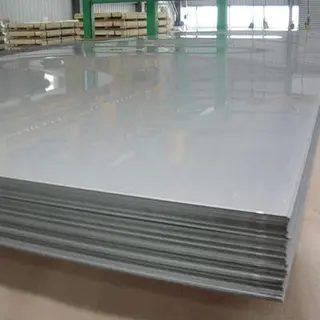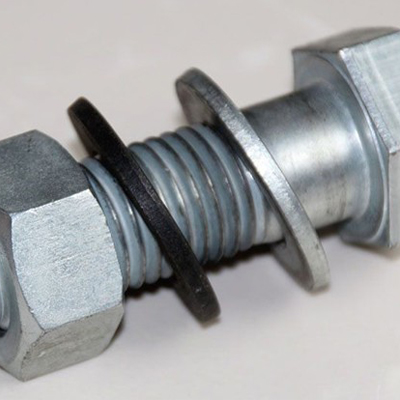Categorizing Vessels by Pressure, Design Temperature, and Installation
Pressure vessels can be classified based on various factors, including pressure-bearing methods, design temperature, and installation method.
1. Pressure-Bearing Methods:
Pressure vessels are categorized into two major types based on pressure-bearing methods:
(1) Internal Pressure Vessels: These containers have media pressure inside the shell. The design focuses on wall thickness determined by strength calculations.
(1) External Pressure Vessels: These containers have media pressure outside the shell. Design considerations primarily address stability issues, and they are generally considered safer than internal pressure vessels.
2. Design Temperature:
Pressure vessels are classified according to design temperature (t):
Low-Temperature Vessels: t ≤ -20℃
Normal-Temperature Vessels: -20℃ < t < 50℃
High-Pressure Vessels: t ≥ 450℃
3. Installation Method:
Pressure vessels can be categorized based on their installation method:
(1)Fixed Containers: Installed in a fixed location with relatively stable process conditions and operators. Examples include synthesis towers, steam balls, shell and tube waste heat boilers, heat exchangers, and separators.
(2)Mobile Containers: Used for storage and transportation, such as gas cylinders, automobile tank cars, and railway tank cars. These containers lack a fixed usage location, often experience changing environments, have more complex management, and are more prone to accidents.
1. Pressure-Bearing Methods:
Pressure vessels are categorized into two major types based on pressure-bearing methods:
(1) Internal Pressure Vessels: These containers have media pressure inside the shell. The design focuses on wall thickness determined by strength calculations.
(1) External Pressure Vessels: These containers have media pressure outside the shell. Design considerations primarily address stability issues, and they are generally considered safer than internal pressure vessels.
2. Design Temperature:
Pressure vessels are classified according to design temperature (t):
Low-Temperature Vessels: t ≤ -20℃
Normal-Temperature Vessels: -20℃ < t < 50℃
High-Pressure Vessels: t ≥ 450℃
3. Installation Method:
Pressure vessels can be categorized based on their installation method:
(1)Fixed Containers: Installed in a fixed location with relatively stable process conditions and operators. Examples include synthesis towers, steam balls, shell and tube waste heat boilers, heat exchangers, and separators.
(2)Mobile Containers: Used for storage and transportation, such as gas cylinders, automobile tank cars, and railway tank cars. These containers lack a fixed usage location, often experience changing environments, have more complex management, and are more prone to accidents.
Send your message to this supplier
Related Articles from the Supplier
Related Articles from China Manufacturers
Design pressure and design temperature of pipeline
- Mar 10, 2020
High Temperature and High Pressure Gate Valve
- Jan 27, 2021
Related Products Mentioned in the Article
topper
- www.chinatopper.com
- Address: Xiamen
- Phone: 86-592-5819200
- Business Type: Trading, Industry & Trading, Manufacturer,
Supplier Website
Source: https://www.fabtank.com/news/categorizing-vessels-by-pressure-design-temperature-and-installation.html

